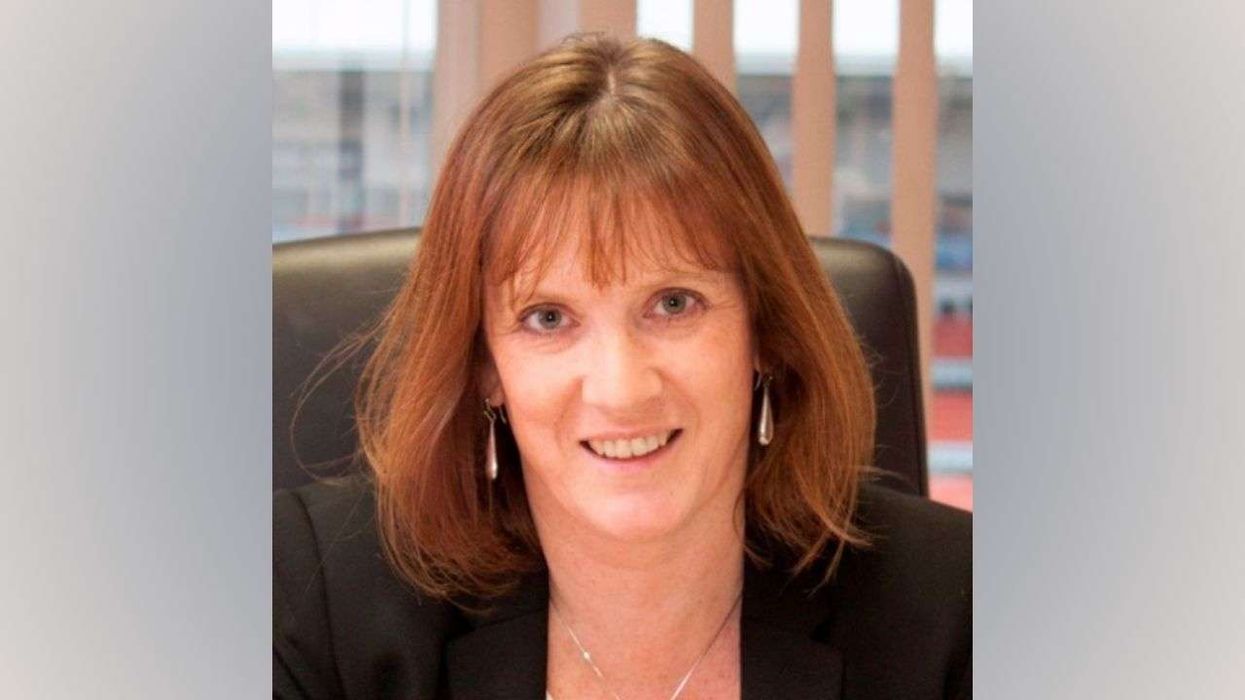A report published by the Nuffield Trust on waiting period for community health services has stated that children and young people have to wait much longer than the adults.
For children and young people’s services, almost 1 in 4 have been waiting for over a year and 1 in 15 waiting over two years.
Among those waiting for over a year, 88 percent await community paediatric services and 8 percent for speech and language services.
In case of adults, just over 1 percent have been waiting over a year for community health services.
The longest waits are for audiology and weight management and obesity services.
The study said that such long waits for children and young people were unacceptable, as they impact their health and future life chances.
The overall growth in the waiting list for adults (23 percent) and children and young people (58 percent) is largely due to a small number of community service types.
The community paediatric service waiting list grew by over 120,000 patients, tripling between October 2022 and July 2025.
An increase in demand for neurodevelopmental assessments is partly driving this rapid growth.
Musculoskeletal services for adults experienced the second-largest absolute growth in the waiting list, increasing by over 100,000 patients between October 2022 and July 2025.
The Chartered Society of Physiotherapy has previously said that the number of physiotherapy posts in the NHS is not keeping up with the ageing and increasingly obese population.
In contrast, the number of patients waiting for adult audiology services fell by 18 percent between October 2022 and July 2025, a drop of almost 4,000 patients.
The largest percentage increase of any community service occurred in weight management services for adults (512 percent).
The study said that though the absolute increase was not as high as for community paediatric or musculoskeletal services, it has been propped up by the recent surge in demand for GLP-1 medicines like Mounjaro and Ozempic for weight loss.
There has been a growth in the waiting list for both adult and children and young people’s speech and language services, by 44 percent and 9 percent respectively.
The Royal College of Speech and Language Therapists has previously commented on the high vacancy rates for speech and language therapy posts, particularly for those supporting people with learning disabilities.
Responding to the study, NHS Confederation acute and community care director Rory Deighton said, “This new briefing paints a sorry picture of how long children are waiting for community care. These long waits can have a lifelong impact: they can severely disrupt the physical, social, and educational development of children, leading to poorer health and economic prospects for years to come. So it is very worrying that, despite the sustained efforts of community health services nationwide, there are more than 300,000 young patients still awaiting some form of treatment.
“Community services are under immense pressure, and to tackle these long waits for essential healthcare, we need to shift the focus from treating illness to preventing ill health later in life. This requires changing how contracts and payments within the NHS work so community services can expand their share of activity, in line with the government’s ambition to shift more care into communities. The evidence is clear: early intervention in children and young people’s health not only provides them with a healthier future, but also reduces pressure on the NHS by keeping them healthier for longer.”












